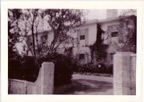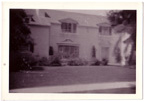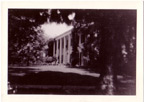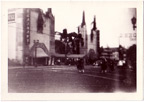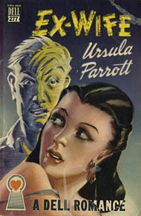We were mulling over the other day some of the posts we thought particularly fun that went live in the weeks and months before Cladrite Radio had accumulated much of a readership. Would it be problematic, we wondered, to revisit some of those posts, under the heading of Cladrite Classics?
No, we decided, it would not. Hence the following revisited offering, which first saw the light of day on May 13, 2010:
Though we’re committed New Yorkers, we wouldn’t mind a bit spending a few weeks—perhaps even a few months—a year in Los Angeles. We even find ourselves daydreaming about the City of Angels quite often.
And yet, we came around slowly on L.A. Our first couple of visits were enjoyable enough, but we didn’t find the city particularly engaging. After a trio of week-long sojourns there over the past decade or so, though, we’ve been won over.
We view the city through a movie buff’s eye, primarily, and so spend our time motoring about checking out movie stars’ homes, vintage movie palaces, and locations that were used in the filming of some of our favorite classic pictures (though we’re also happy just puttering through the various old neighborhoods south of the Hollywood hills—we love the residential architecture in old L.A.).
We didn’t snap the photos shared below; we bought them at a flea market some years back. They’re snapshots taken around Hollywood and its environs back in the day. How old they are, exactly, we’re not sure—we’re inclined to think they’re from the late 1930s, but we’re open to guesses from you, gentle readers. (For larger views, just click the images.)

